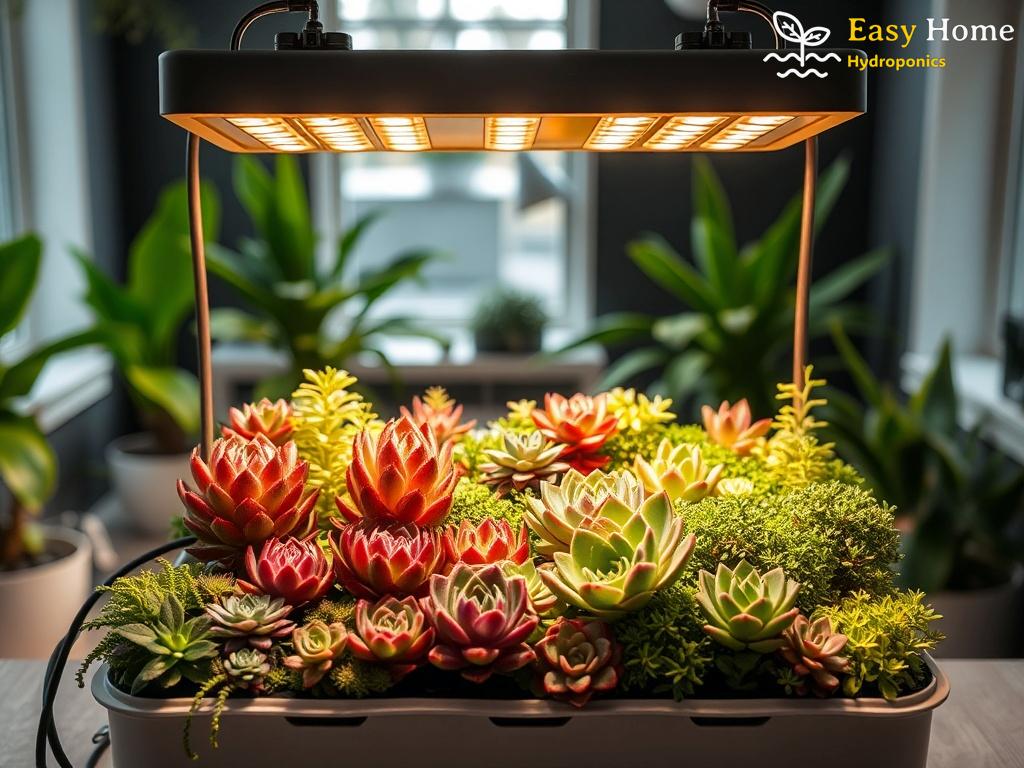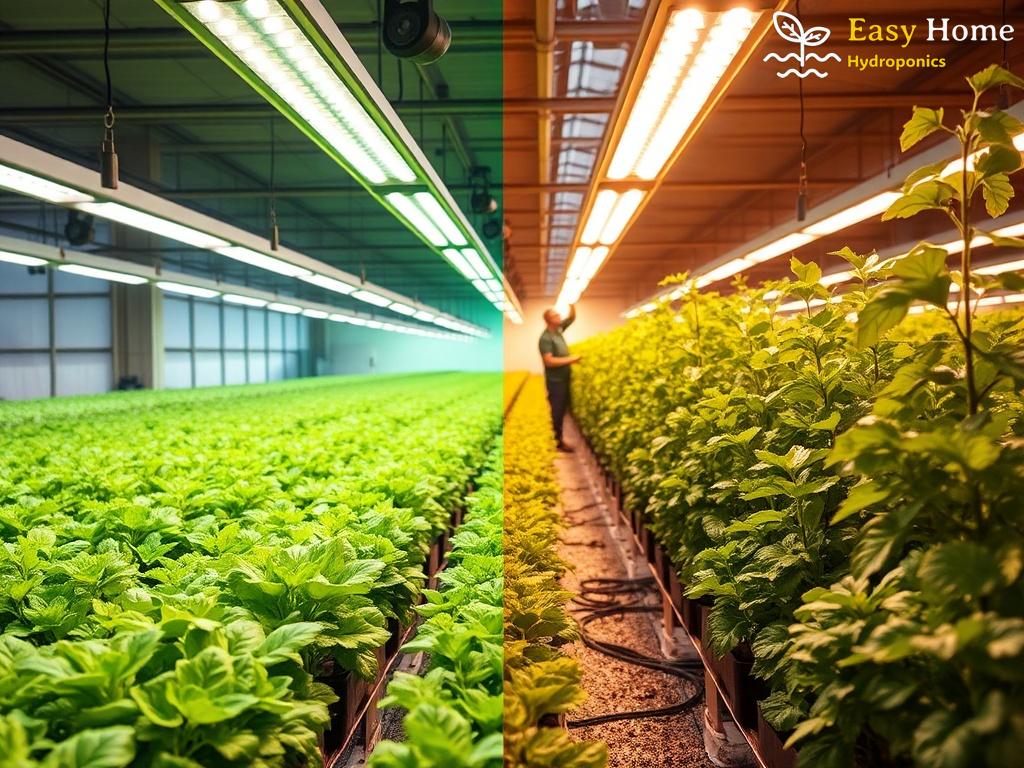The red light spectrum is a crucial component in the photosynthesis process, particularly during the flowering and fruiting stages of plant growth. In hydroponics, where traditional soil is eliminated and nutrient solutions are used, understanding the significance of red light can lead to enhanced yields and improved plant health. This article explores the specific wavelengths of red light, its effects on plant biology, and how hydroponic growers can effectively harness this spectrum to maximize their results.

In the context of plant growth, red light typically ranges from 620 to 750 nanometers. This narrow band of wavelengths is essential for the flowering phase, as it influences the hormonal balance within plants. Specifically, red light promotes the production of phytochromes, which are proteins that help regulate various developmental processes. By effectively using red light, hydroponic systems can trigger signaling pathways that lead to increased flowering and fruit set.

To better illustrate the impact of red light, consider the following comparison of light wavelengths and their effects on plant growth:
- Blue Light (400-500 nm): Promotes vegetative growth and leaf development.
- Green Light (500-600 nm): Less effective for photosynthesis but contributes to overall plant health.
- Red Light (620-750 nm): Stimulates flowering and fruiting, essential for achieving high yields.
- Far-Red Light (750-800 nm): Influences flowering time and plant height.
To effectively utilize red light in hydroponic systems, growers must consider the integration of LED lighting technology, which offers the ability to tailor light spectra to the specific needs of plants. By incorporating red light at critical growth stages, such as the transition from vegetative to flowering phases, growers can optimize the growth environment.
Here are several steps for implementing red light in hydroponic systems:
- 1. Assess the Growth Stage: Determine the appropriate time to increase red light exposure based on the plant species and growth cycle.
- 2. Select the Right LED Spectrum: Choose LED lights that emit a high proportion of red wavelengths, ideally between 640-660 nm.
- 3. Monitor Light Duration: Implement a light schedule that maximizes red light exposure while maintaining a balanced light environment.
- 4. Evaluate Plant Response: Regularly assess plant growth and health to adjust light settings as necessary.
By following these steps, hydroponic growers can effectively enhance the flowering and fruiting processes, leading to increased yields and healthier plants.




